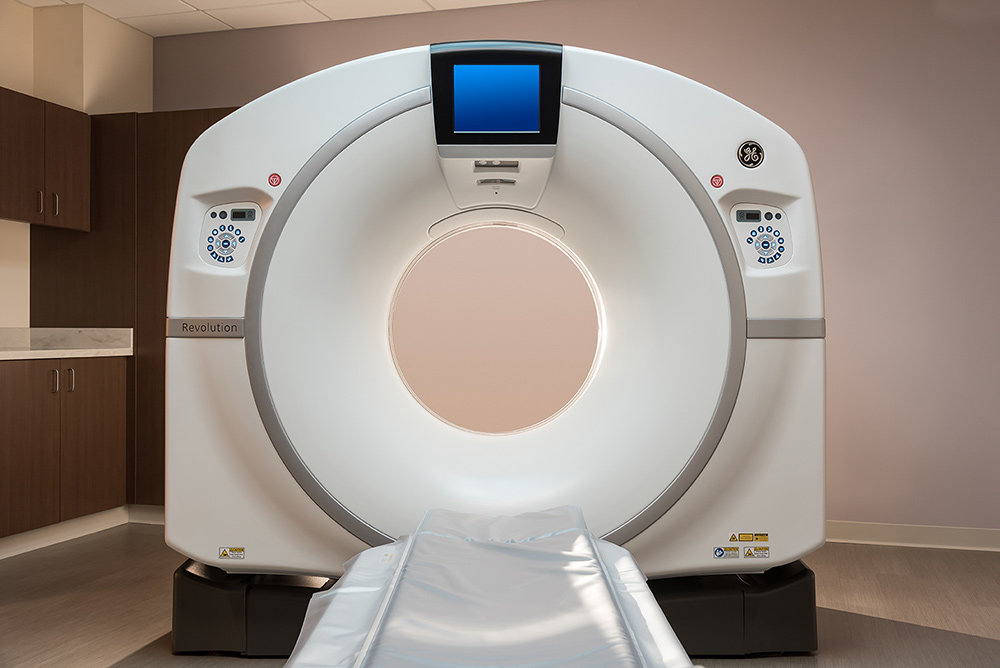 Severna Park
Severna ParkFair, 67°
Wind: 6.9 mph, N
 Severna Park
Severna Park

In honor of Lung Cancer Awareness Month, thoracic surgeon Dr. Galen Ohnmacht talked about a lifesaving lung cancer screening program at the Tate Cancer Center at University of Maryland Baltimore Washington Medical Center. He also talked about some of the common myths associated with lung cancer.
Q: Can non-smokers get lung cancer?
A: Yes, that’s absolutely true. There are risk factors other than smoking. One is radon exposure, which is an issue in northern Anne Arundel County especially. Also, secondhand smoke is a risk factor for non-smokers. But we do screening on people who are smokers, because the people who are smokers are the highest risk group. You want to screen high-risk people, and we have some things that define smokers who are at the highest risk; people who have smoked what are called 30-pack years. Basically, a pack year is the number of years smoked times the number of packs per day. Someone who smokes for 30 years, one pack a day, that’s 30 pack years. Someone who smokes 15 years for two packs a day, that’s also 30 pack years. However you do the math to get the 30 pack years, those are the people we’re interested in screening.
We also are looking for people over the age 55 and those people who have quit less than 15 years ago. So those three criteria we look for are pack years, age and then quit date.
Q: If there are no warning signs or symptoms, that doesn’t necessarily mean that nothing is wrong, correct?
A: Lung cancer is particularly insidious. There is no way for the body to know that there is a lung cancer growing in the chest until it’s fairly advanced, in many cases. By the time you feel pain, or you’re coughing up blood, sometimes the cancer is advanced. That’s why screening is important, because you can’t see or feel your lungs. It’s not like skin cancer where you look at your skin and go, “Oh, there’s something there. I should see a doctor.” With lung cancer, we can’t see or feel it, so it’s important to get screened, especially for those people who are at high risk.
Q: Screening is fairly non-invasive?
A: I would say it’s completely non-invasive. It involves a reduced dose or low dose. Some people have different things they call a CT scan, but it’s a reduced-dose screening CT scan, so it’s not even the same radiation as a regular CT scan, but it does enable us to see inside the chest and screen for things so we can see what’s going on.
Q: How often do the tests find cancer?
A: Major studies funded by the government – that were really well done in my opinion – have shown a 20% overall reduction in mortality [due to] screenings. And not everything we find is a lung cancer. So we find things that are not lung cancer. They can be benign nodules. That’s why it’s important to have cancer screening program, so you can work with your health care provider to find out what needs follow-up and what doesn’t.
Q: Is there anything else our readers should know?
A: Smoking cessation is really the key to this. You can reduce your risk by just stopping smoking or by never smoking at all. Anne Arundel has programs to help people with smoking cessation, like group programs. Anyone who is smoking should talk with their provider about strategies to stop smoking. It is critically, critically important, and every single institution that promotes or discusses lung cancer screening is also talking about smoking cessation, because the two go hand in hand.
We’re saving lives with this stuff, and it’s, in my opinion, a breakthrough in cancer care. I think we’ve been able to help a lot of people.
To schedule a screening appointment at the UM BWMC Tate Cancer Center in Glen Burnie, call 410-553-8100.
Comments
No comments on this item Please log in to comment by clicking here